State Library Victoria members can access hundreds of online resources from home. That’s millions of articles, magazines, archives, ebooks, videos, songs, audiobooks and more, available through the catalogue anytime – on top of our wonderful physical collection. Today, we’re marking what would have been Sylvia Plath’s 92nd birthday by revisiting her classic novel The Bell Jar, and using it as a launching pad for exploring the Library’s collections. Here we explore the resources we have available for studying Plath’s life, her writing, and the context of her only published novel.
If you are an SLV member you can access the electronic resources mentioned here from home, if your home is Victoria.
Not a member yet? Sign up online first and reward your curiosity.
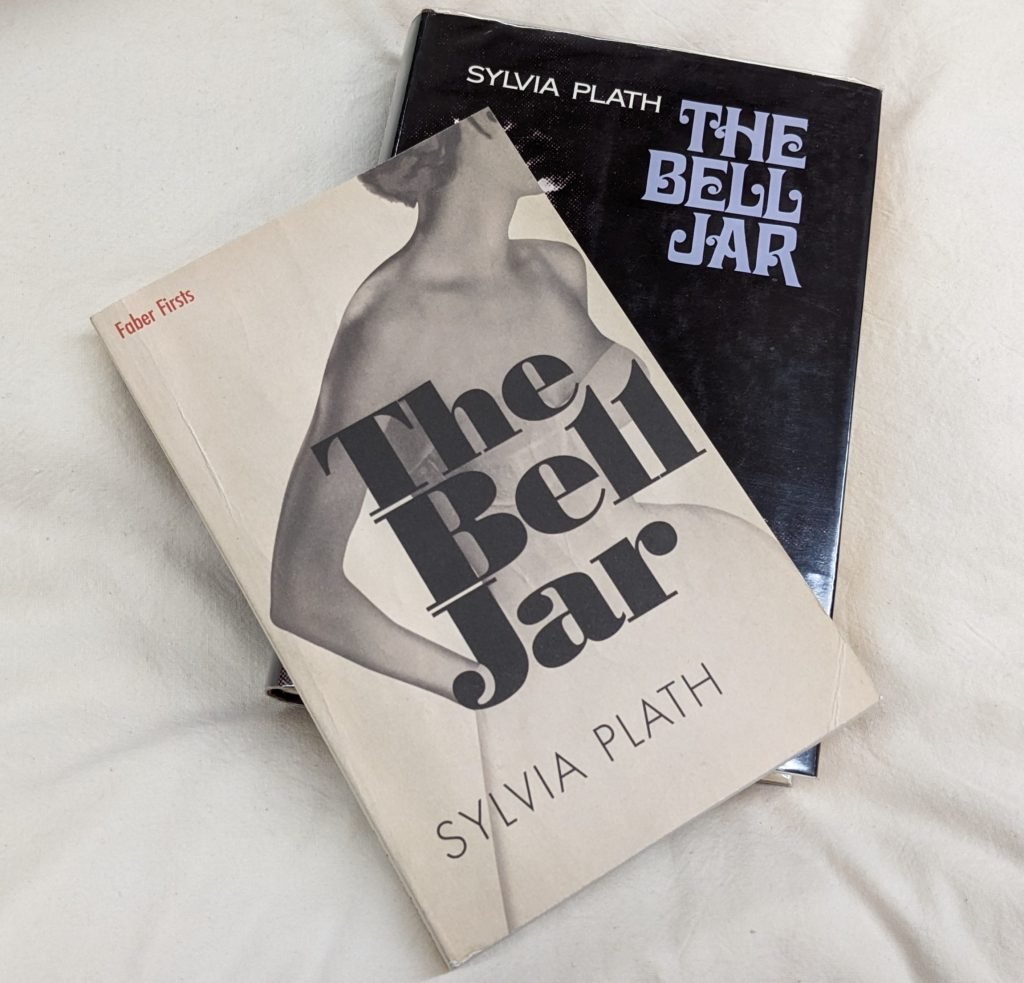
A feminist’s confession: I had never read The Bell Jar before now. As an angst-ridden, black-wearing, turn-of-the-Millennium teenage girl, something about Plath always just seemed too obvious, such a cliché. I dismissed the book as ‘sad girl stuff’ and never gave it another thought… until a request to write a blog dropped on my desk. And that’s how it came to be that I opened The Bell Jar for the first time, as a woman inching ever closer to 40, sitting in a waiting room, waiting for a new contraceptive device to be fitted.
Too obvious?
In fact, much has been made about this ‘obviousness’, and the way The Bell Jar has become a trope for female angst over time. As Janet Badia says in her chapter for The Cambridge Companion to Sylvia Plath ‘… reading The Bell Jar has become a teenage rite of passage…’ 1 Badia highlights several references to the book in popular culture in cartoons such as Family Guy, and movies such as 10 Things I Hate About You, where ‘the novel appears in the hands of the film’s central character, Kat Stratford, a cynical, depressed and angry teenage feminist who, in one early scene, defends Plath’s status within the literary canon against what she calls “the oppressive, patriarchal values that dictate our education”’2.
So maybe it’s no wonder that The Bell Jar was placed into the ‘sad girl stuff’ compartment in my mind, but of course the novel is about much more than ‘sadness’. In order for me to see through the cliché and appreciate this seminal work, it was necessary to look back at the context that the novel was written in.
America in the 1950s
The Bell Jar is very much a product — and a study of — America in the 1950s, and specifically the rigid roles of women in that society. Understanding the expectations of women at the time is key to engaging fully with the themes as presented and getting a grasp on the motivations of the characters. There’s a wealth of analysis and criticism available focusing on the sociocultural context in which The Bell Jar was written. See Linda Wagner-Martin’s ebook The Bell Jar, a Novel of the fifties or for a quicker read, the article ‘Sylvia Plath’s The Bell Jar: a Mirror of American Fifties‘ by Ghanderharion & Sabbagh.
The first sentence of the book precisely situates the novel in time by stating that it’s ‘the summer they electrocuted the Rosenbergs’3, placing it in June 1953. Although I had heard of the Rosenbergs, I had never looked too closely into their story. I was struck by this opening line and could tell that it must be significant, so I looked for more information. If you are also unfamiliar with the Rosenbergs’ story, you can read the below New York Times edition from the day after their execution, or contrast with the corresponding coverage in Australian newspapers via Trove.
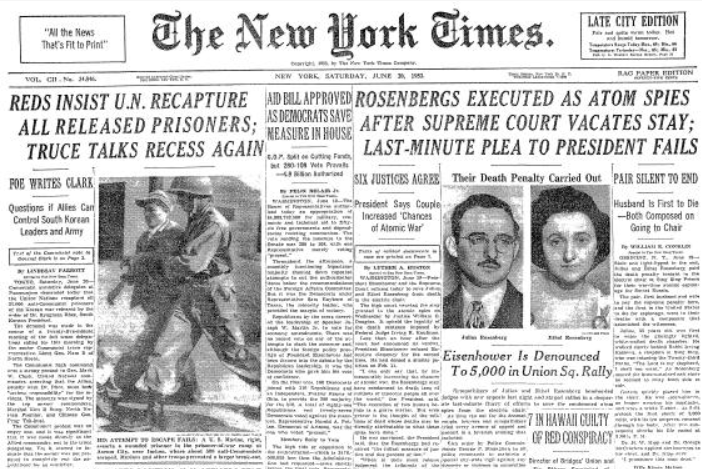
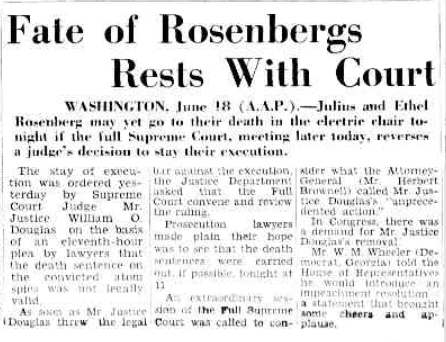
We have, of course, been given a taste of what’s to come: not only will this narrative be marked by death, but we are invited to hold Ethel Rosenberg in our minds — a woman who was convicted of perjury by association with her husband, and whose execution by electrocution was botched and had to be repeated before finally resulting in her death:
The first of three successive shocks was applied at 8.11 ½ P.M. After the third shock the two doctors applied their stethoscopes and found she was still alive. After two more applications of the current Mrs Rosenberg was pronounced dead at 8.16 P.M.4.
Just like Esther, we can start to wonder ‘what it would be like, being burned alive along all your nerves’.5
Beauty magazines
At the start of the novel we’re introduced to the protagonist, Esther, an apparently bright college student, working at a glamourous women’s magazine in New York in the summer of 1953. For an insight into the kind of publication that Esther would have been working for, look through our ProQuest archives for Vogue or Harper’s Bazaar.
Below, we can see the cover of the July 1953 edition of Harper’s Bazaar, along with one of the full-page advertisements that appears at the start of the edition, before the contents page:
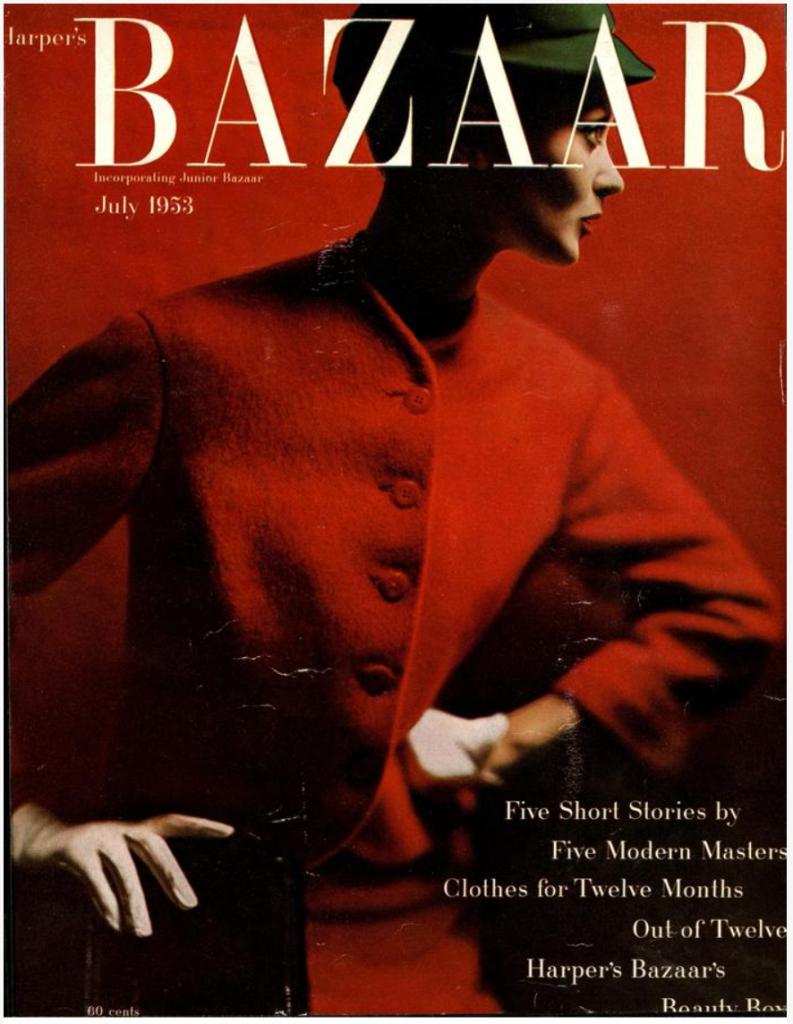

This is a perfect snapshot of the women’s magazine industry during the time of The Bell Jar. We can see the juxtaposition between the ‘Five short stories by five modern masters’ – a curated selection of short stories chosen for their ‘literary excellence’, apparently pitched to the discerning, intelligent woman, and the advertisements for weight-loss solutions, low-calorie cocktails, and anti-ageing cosmetics on the adjoining pages. There is an argument to be made that not a lot has changed between 1953 and the women’s magazines of today — have a browse through the Harper’s Bazaar Archive to see for yourself.
Feminism
Although set in 1953, The Bell Jar was penned by Plath 10 years later in 1963, against a background of second-wave feminism. In the Feminine Mystique published the same year, feminist icon Betty Friedan discusses the American woman’s ‘problem that has no name’; a general dissatisfaction with the confines of childrearing and domesticity compounded by a difficulty in expressing their own feelings. Read A Strange Stirring: the Feminine Mystique and American Women at the Dawn of the 1960s by Stephanie Coontz for a summary of the impact of the book on American women. Esther is in some ways the embodiment of this problem — she knows that she will not find fulfillment in being a wife and mother, but she seems unsure about how to break away from that path.
On the publication of the Feminine Mystique women wrote to Friedan to share their thoughts directly with the writer. Many felt she had given voice to a deeply held feeling that they had not been able to articulate themselves. You can see one of these letters below, and browse more in the Gender: Identity and Social Change database:
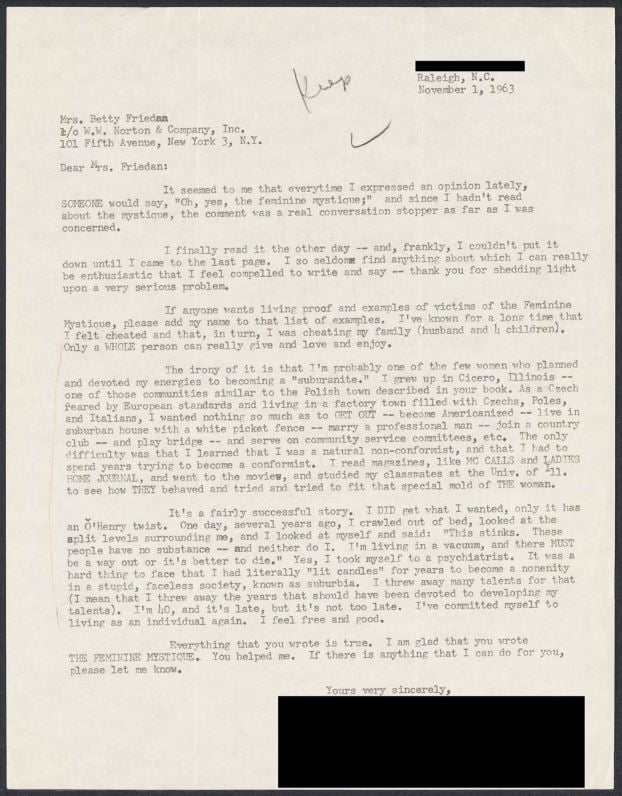
State Library Victoria has no shortage of feminist literature and resources to dive into. Read Judy Evans’ Feminist Theory Today: an Introduction to Second-Wave Feminism for a concise and accessible overview of this new wave of thought, and then delve into some of the classics via our catalogue. Try subject headings such as women’s rights or feminism. Filter your results by a timeframe such as 1950-1979, or remove the date restrictions for a deeper understanding of how feminism has evolved through time.

Contraception
Suddenly Esther and I are both visiting our gynaecologists. Exactly what is happening in this scene is never mentioned directly, and the ‘box in the plain brown paper wrapper’6 that she takes away on the bus is a kind of secret women’s business, but I instinctively understood the sense of ownership that Esther describes as she climbs onto the examination table: ‘I am climbing to freedom, freedom from fear, freedom from marrying the wrong person… just because of sex’7. Like Esther, I am my own woman.
In present-day Melbourne we might take this for granted. Read The Moral Property of Women: a history of birth control politics in America by Linda Gordon for a deeper understanding of the societal attitudes towards birth control in Plath’s America, or watch an Educational film regarding family planning, sex education and contraception from the 1960s from the Adam Matthew Digital database Popular Culture in Britain and America (1950-1975) for a quick explainer on the types of birth control most widely available at the time, including the diaphragm — the method provided to Esther under a veil of secrecy.
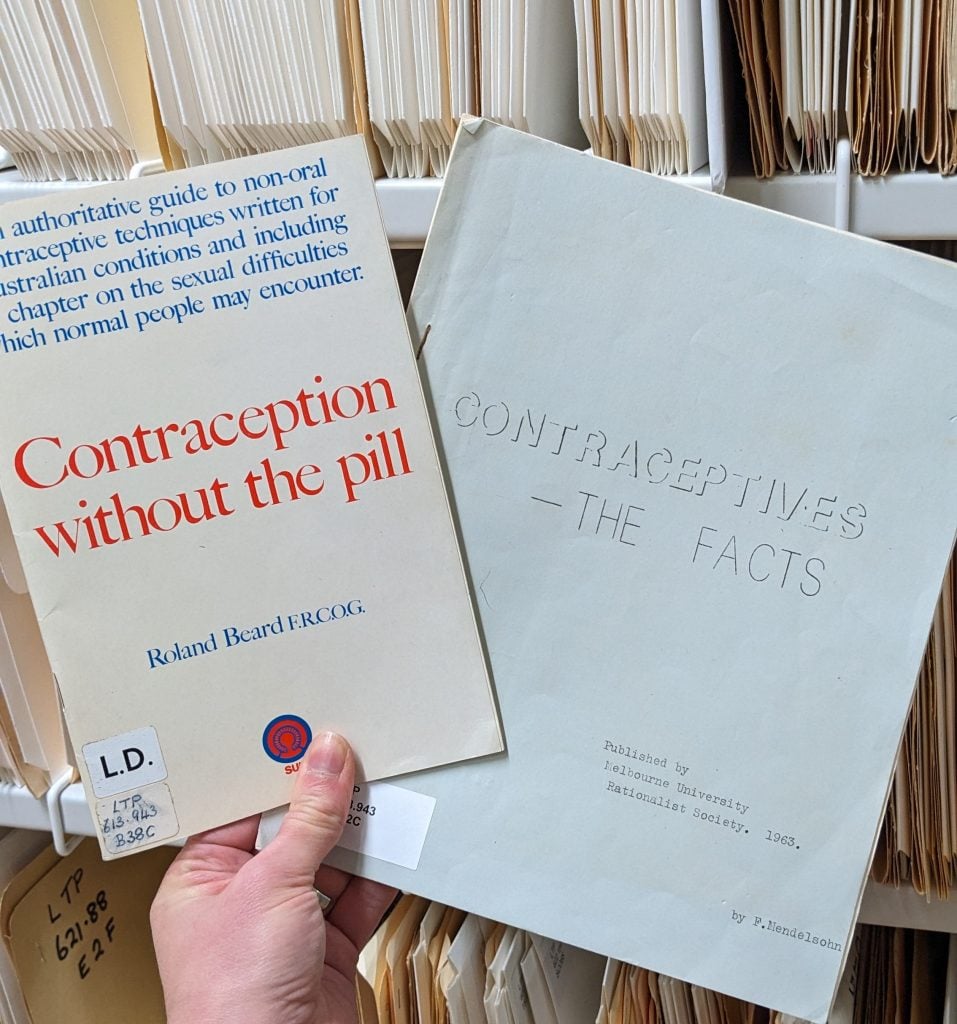
So you’re finally ready to read The Bell Jar, or maybe delve into one of Plath’s collections of poetry. State Library Victoria has several editions of Plath’s works, including many purchased with the assistance of the Women Writers Fund: a pioneering new fund that seeks to redress the historical gender imbalance in State Library Victoria’s collection by acquiring works by under-represented 19th and 20th-century women writers:

More to explore
For a deep-dive into America in the 1950s, check out the Popular Culture in Britain and America (1950-1975) database and the accompanying Online Collection Spotlight blog.
For more information about finding resources on women and gender in the Library, try our blogs on Discovering Dewey 305.42: Women and their role in society, Women and physical autonomy, and online spotlights on the Women’s Studies Archive, the Gerritsen Collection, and the Malthusian.
- Badia, J, 2006, ‘The Bell Jar and other prose’. In Gill, J (ed), The Cambridge Companion to Sylvia Plath, Cambridge Companions to Literature, Cambridge University Press, pp 124-138 (p 132)
- as above (p 124)
- Plath, S, 2005, The Bell Jar, Faber & Faber Limited, London, p 1
- Conklin, W R, (1953, June 20). ‘Pair silent to end: husband is first to die — Both composed on going to chair — The Rosenbergs go to death in chair’, The New York Times, pp 1, 6. Retrieved via New York Times with Index (1851-2019) database by ProQuest.
- Plath, S, 2005, The Bell Jar, Faber & Faber Limited, London, p 1
- Plath, S, 2005, The Bell Jar, Faber & Faber Limited, London, p 213
- As above


Oh, wow! I had read the veil jar in my youth but it appears that it was of a superficial nature. I feel another dive into it is needed
What a brilliant resource! Amazing work from Caitlyn.